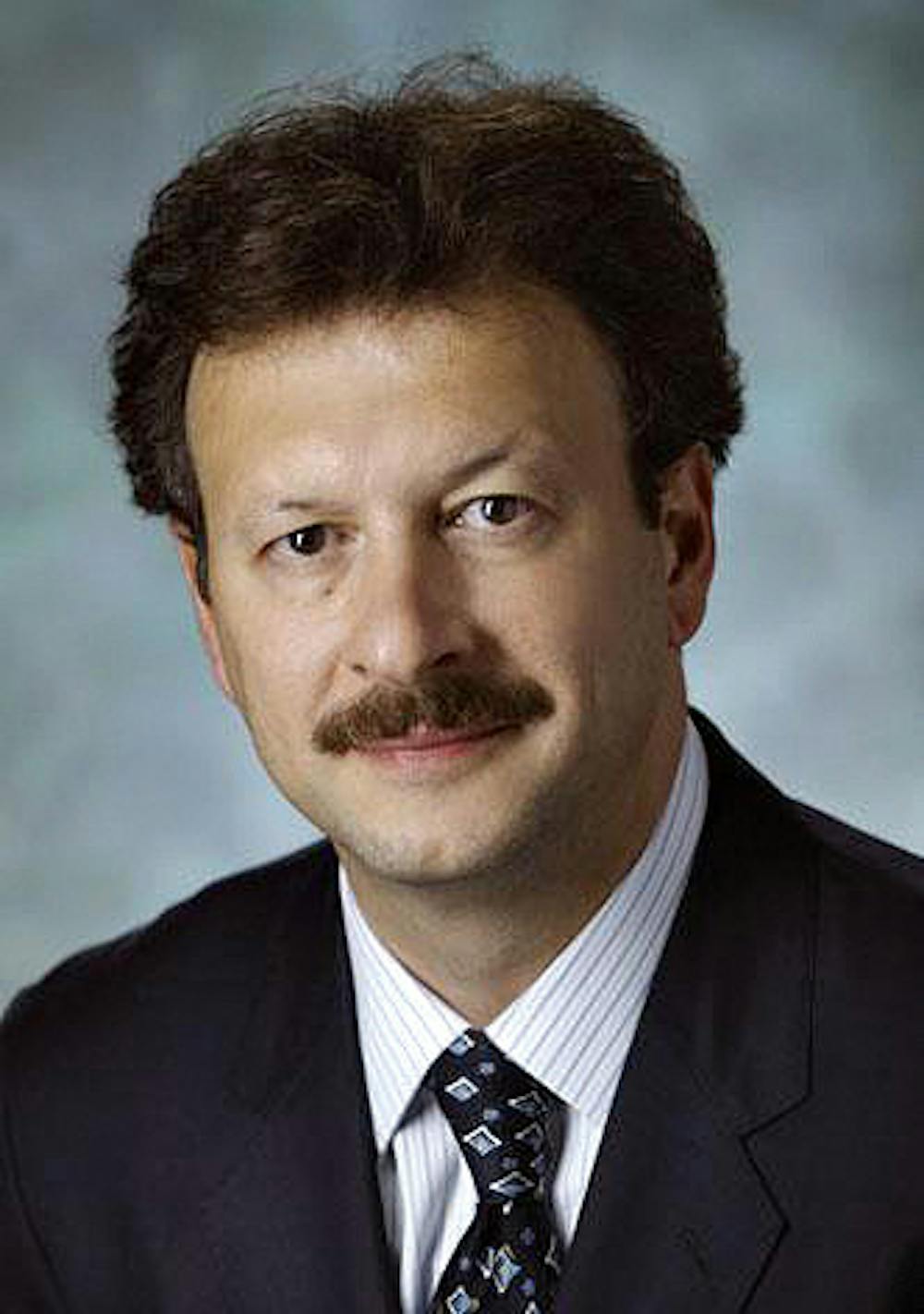Ziya Gokaslan P’18 was recently appointed as chairman of the department of neurosurgery at the Alpert Medical School, chief of neurosurgery at Rhode Island Hospital and The Miriam Hospital and clinical director of the Norman Prince Neurosciences Institute, according to a March 5 press release from Rhode Island Hospital.
Gokaslan, who is a fellow of the American College of Surgeons, will leave his posts as director of the Neurosurgical Spine Center and vice chairman of neurosurgery at the John Hopkins School of Medicine to assume his three new positions and join his son in Providence July 1.
The clinical neurosciences — namely psychiatry and neurosurgery — at Brown have become very strong departments, “second to none” in the past five to 10 years, Gokaslan said. But he added that the Department of Neurosurgery has been held back in recent years by the unexpected departure of former chair Garth Rees Cosgrove.
An ongoing search has taken place since Cosgrove left the position in January 2014, said John Robson, administrative director of the NPNI and associate director of the Brown Institute for Brain Sciences.
Gokaslan is “going to be one of the key leaders of the institute,” Robson said.
This gap in neurosurgery presents an “immense opportunity,” and while the department has a great core, Gokaslan said he hopes to expand on it. “The department of neurosurgery and Brown neurosciences are in an excellent position to be a leader in the world.”
The NPNI, established in 2010 with a $15 million gift from the Prince Family Foundation, will be a “platform for translational research to take discoveries from the Brown sciences campus and bring them into the hospitals and apply them to the patients,” Gokaslan said, adding that it will serve as a “catalyst” for connecting academic and clinical spheres.
The NPNI has “focused on building collaborations between the clinical neuroscience faculty in the hospitals and the basic sciences on campus,” Robson said.
The work Gokaslan envisions has the potential not only to be educational material, but also to change lives, he said.
Gokaslan said he hopes to expand functional neurosurgery, both in research and in clinical application. Functional neurosurgery includes procedures like deep brain stimulation technology that treat a host of conditions such as epilepsy, obesity, anorexia, movement disorders like Parkinson’s disease, and psychiatric conditions such as depression and obsessive-compulsive disorder.
Functional neurosurgery is a “critical area where undergrads could get involved with neuroscience investigation” on a basic level, said Glenn Tung, associate dean of clinical affairs at the Med School.
Interventional neurosurgery, such as emergency surgery to remove a blood clot after a stroke, is another procedure Gokaslan said he hopes to bring to the Miriam and Rhode Island Hospitals. These surgeries can reduce stroke mortality and disability when used in addition to the current standard treatment of Intra-arterial Thrombolysis — a process of dissolving blood clots.
Gokaslan said he also hopes to bring another “world class brain tumor surgeon” to Brown to hold clinical trials and expand clinical neurosurgical oncology. Gokaslan will add minimally invasive procedures to the hospital repertoire, he said.
The neurosurgery department is central among the 15 academic departments associated with BIBS, said John Davenport, associate director of BIBS. The BIBS Executive Committee, on which Gokaslan will serve, is composed of the chairs of many departments including computer science, applied math and engineering.
The committee works to “stimulate collaboration across the departments” and build “connections between basic science efforts and the clinical enterprise,” Davenport said, adding that “there aren’t many places in the country or the world where you actually get the chairs of psychiatry, neuroscience and neurosurgery to sit together with basic neuroscience and CS and engineering (department chairs).”
“I can’t imagine a better place than Brown” to actualize this opportunity of translation, Gokaslan said.
“Neurosurgeons are our interface with the human brain,” Davenport said, adding that along with developments in neurotechnology, “there’s an interest in using this neurosurgery window into the brain to do what people call human neuroscience — examining the neuronal level of how the human brain works.”
New technology will be key, Gokaslan said. “We will expand programs to provide best outcomes for our patients.”
Over the last four years, Brown has hired new faculty members and invested in research equipment and facilities, Davenport said.
Gokaslan was a top candidate because of “his excellent national and international reputation,” as well as his executive experience, Tung said. Gokaslan will also teach first-year medical students, Tung said.
Robson also cited Gokaslan’s personality and reputation as qualities that will make him a “terrific recruiter.”





